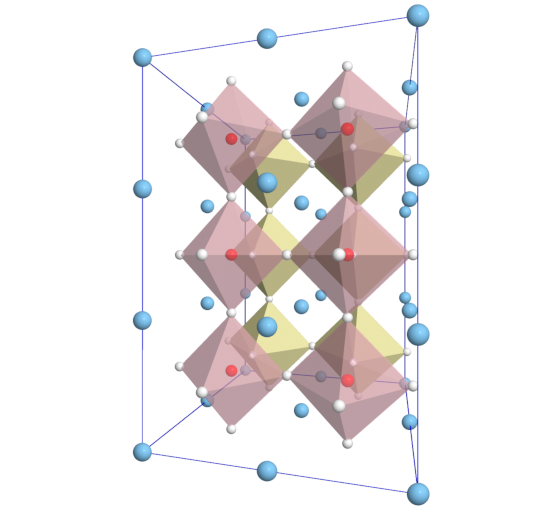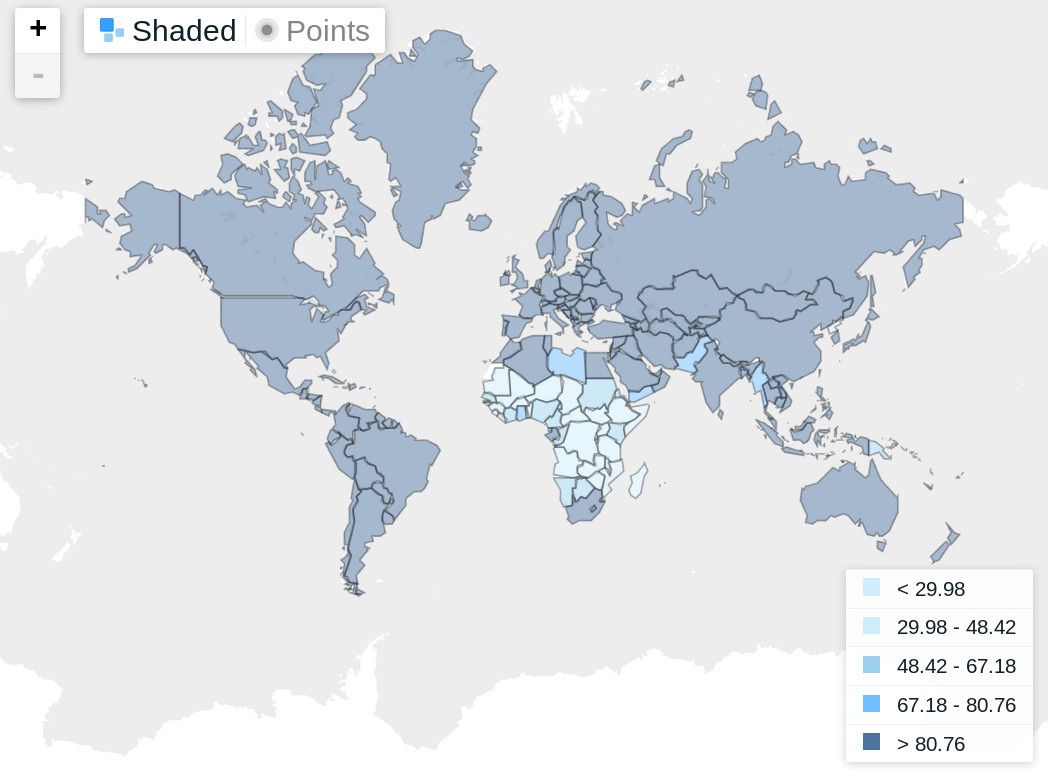ASNAEM half-day research meeting aimed to highlight existing and identify new areas of collaborative research aligned with ASNAEM's objectives.
Read More
The aim of ASNAEM is to foster the development of skilled synchrotron users in the sub-sahara region and to build lasting partnerships with the respective beneficiaries. This is with the hope that when the first synchrotron facility is built in Africa, there will be a diverse local skilled user community capable and ready to utilise the facility.
ASNEAM contributes to the development of advanced human capacity building, developing research networks and raising the profile of light source enabled science and innovation. It is therefore part of the vision of building a light source in Africa. More on the African Light (AfLS) Source project can be found here. ASNEAM and the AfLS have partnered in this vision and to contribute to each others endeavours where they overlap.
This project is funded by the UK Global Challenges Research Fund (GCRF) initiative.
stepping stone to a robust economy

New materials for the capture of light and ambient vibrational energy such as photovoltaic devices and piezoelectric mechanical recouperation devices can potentially enable low-cost and innovative renewable sources of energy while eliminating negative effects on the environment that are inherent when non-renewable sources of energy are utilised. Energy security in sub-sahara Africa, is vital for a robust and sustainable economy. Energy materials characterisation with synchrotron x-rays is a vital tool for the development of modern and next generation energy harvesting and energy storage devices. Africa however does not currently have a synchrotron facility although there is a movement seeking to construct the first African Light Source (AfLS). Without AfLS, Africa will continue to face many challenges in developing and maintaining skilled persons to transform new renewable energy technologies into commercial products. For African countries to receive the full benefit of AfLS and a return on investment, a skilled synchrotron science community is needed to steer the user research programme and ensure that high quality scientific output is sustained.
The development of hybrid organic-inorganic perovskites solar cells has become popular in recent years due to their relatively high efficiency (~18 %) and low cost of production. At present however major challenges exist in ensuring long-term stability of operation in changeable climate conditions. Using synchrotron x-rays to image photovoltaic perovskite materials in-situ will provide a clear understanding of electrical and thermal effects that can degrade performance. X-ray imaging techniques can provide the necessary insight.
Harvesting vibrational energy from human motion and the ambient has the advantage of on-demand availability and operation in remote locations. Applications include lighting and remote sensing. The primary challenge is to integrate more efficient materials into the device configuration while maintaining robust operation. Synchrotron experiments will inform the design of devices that provide a solution.

Workshops and networking events organised by the team
We are pleased to annouce the the first workshop of the African Synchrotron Network for Advanced Energy Materials which will take place online via video conference.
To register for the event and submit an abstract, please visit here. The workshop poster is available here.
Update (03-03-2021) : In response to the ongoing pandemic situation, the organising committee have decided to migrate the ASNAEM 2020 Workshop to an online event in October 2021.
Update (21-04-2020) : In response to Covid-19 and the current global epidemic situation, the organising committee have decided to postpone the ASNAEM 2020 Workshop until June 2021. Further details will follow closer to the time.
We are pleased to announce the ASNAME half-day online meeting which will take place on Friday 10th of July 2020. The purpose of this meeting is to further expand existing and identify new areas of collaborative research that are strengths of the ASNAEM team. During this time, each ASNAEM member will deliver a 15 minute talk about themselves and their relevant research interests. All are also welcome to join.
Please register in advance for this meeting here. The programme is available here.
The ASNAEM project will implement a synergistic process of dialogue and bilateral exchange to build long lasting collaborations
The ASNAEM project will expand the knowledge base and build capacity in the synchrotron community in the sub-sahara region and develop a sustainable partnership that will extend beyond the lifetime of the project. It will enable knowledge exchange by working with the collaborating academic community on synchrotron research projects, host a number of events in the sub-sahara region where invited speakers can share presentations on the opportunities presented by synchrotron facilities and perform an anthropological study to understand the needs and expectations of the community and explore how politics, economics, technological and socio-cultural developments have impacted on energy needs and provision.
Key project members include:

Physics and Astronomy, University of Southampton.

Social Sciences, Bucks New University

Engineering, University of Johannesburg

Dept. of Physics, University of Nairobi

Physics, University of the Witwatersrand

Physics, University of the Witwatersrand

University of Mines and Technology, Ghana

Max Planck Institute for Solid State Research

ASNAEM half-day research meeting aimed to highlight existing and identify new areas of collaborative research aligned with ASNAEM's objectives.
Read More
ASNAEM was invited to join the AfLS CDR Team.
Read More
ASNAEM was invited to present at the SA-ESRF Light Source Conference.
Read More
In sub-saharan Africa, access to useful electrical power can be unreliable in urban areas and is often scarce in rural areas due to inadequate expansion of the energy infrastructure. Access to a low-cost and environmentally friendly renewable source of energy for rural households will result in indefinite access to a minimum source of power which has numerous potential benefits that could include dependable access to lighting and sanitation at all times. Renewable and non-renewable energy sources however are usually centralised at a power production installation and subsequently distributed nationally or internationally via high power electrical cables. The above scheme is well suited to urban and industrial utilisation but falls short for applications that require an energy source in a distant and remote location or when ‘on-the-go’ and in transit from one location to another.
New materials for the capture of light and ambient vibrational energy such as photovoltaic devices and piezoelectric mechanical recouperation devices can potentially enable low-cost and innovative renewable sources of energy while eliminating negative effects on the environment that are inherent when non-renewable sources of energy are utilised.

Energy materials characterisation with synchrotron x-rays is a vital tool for the development of modern and next generation energy harvesting and energy storage devices. Africa currently does not have a synchrotron facility which means that performing cutting edge research into energy materials often poses a challenge. Understanding existing and developing new materials however is vital for continued development of a robust energy infrastructure.
ASNAEM aims to foster the development of skilled synchrotron users in the sub-sahara region and to build lasting partnerships with the respective beneficiaries. Specifically we will aim to:
ASNAEM acknowledges funding and support from GCRF and University of Southampton.


Find us at the address below or send us a message